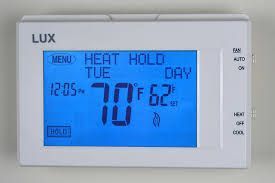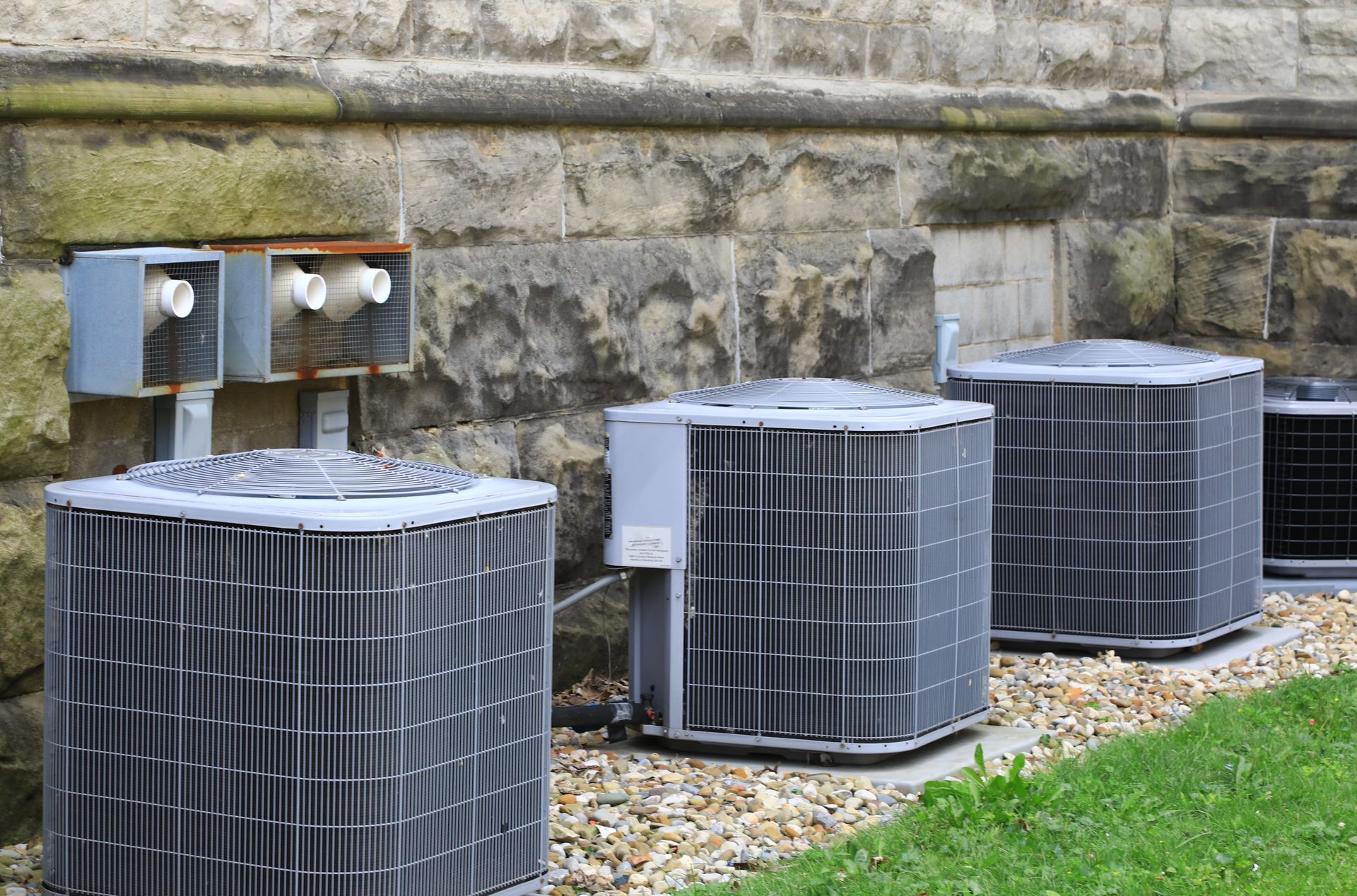Improving Comfort and Well-Being with Humidifiers
Who needs a spa day when you've got a humidifier on your side?

These trusty companions don't just regulate humidity -they elevate your comfort and well-being to a whole new level. Get ready to embrace the benefits that come with incorporating a humidifier into your daily routine.
--Enhance Sleep Quality and Skin Hydration--
Say goodbye to dry, restless nights and hello to a dreamy slumber with the help of a humidifier. Improved sleep quality and hydrated skin are just a mist away, making your bedroom feel like a luxurious retreat. Let the soothing mist work its magic for a night of beauty sleep like no other.
--Reducing Static Electricity and Improving Air Quality--
Tired of getting zapped every time you touch a doorknob? Humidifiers aren't just about moisture - they're also your best defense against static electricity. By improving air quality and reducing static cling, these handy devices turn your space into a haven of comfort and calm. Embrace the power of humidity and bid farewell to shocking surprises.


QUICK LINKS
CONTACT US
Email:
evergreenHVACpros@gmail.com
Address: 2653 Duncan Rd, Suite 500, Lafayette, Indiana 47904
Licensed, Insured, and Bonded
BUSINESS HOURS
- Mon - Fri
- -
- Sat - Sun
- Closed













